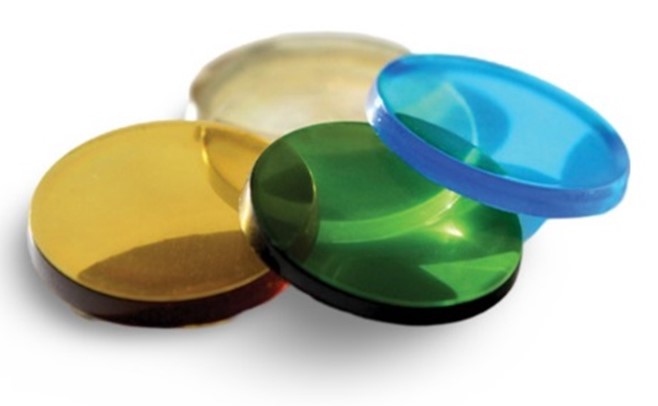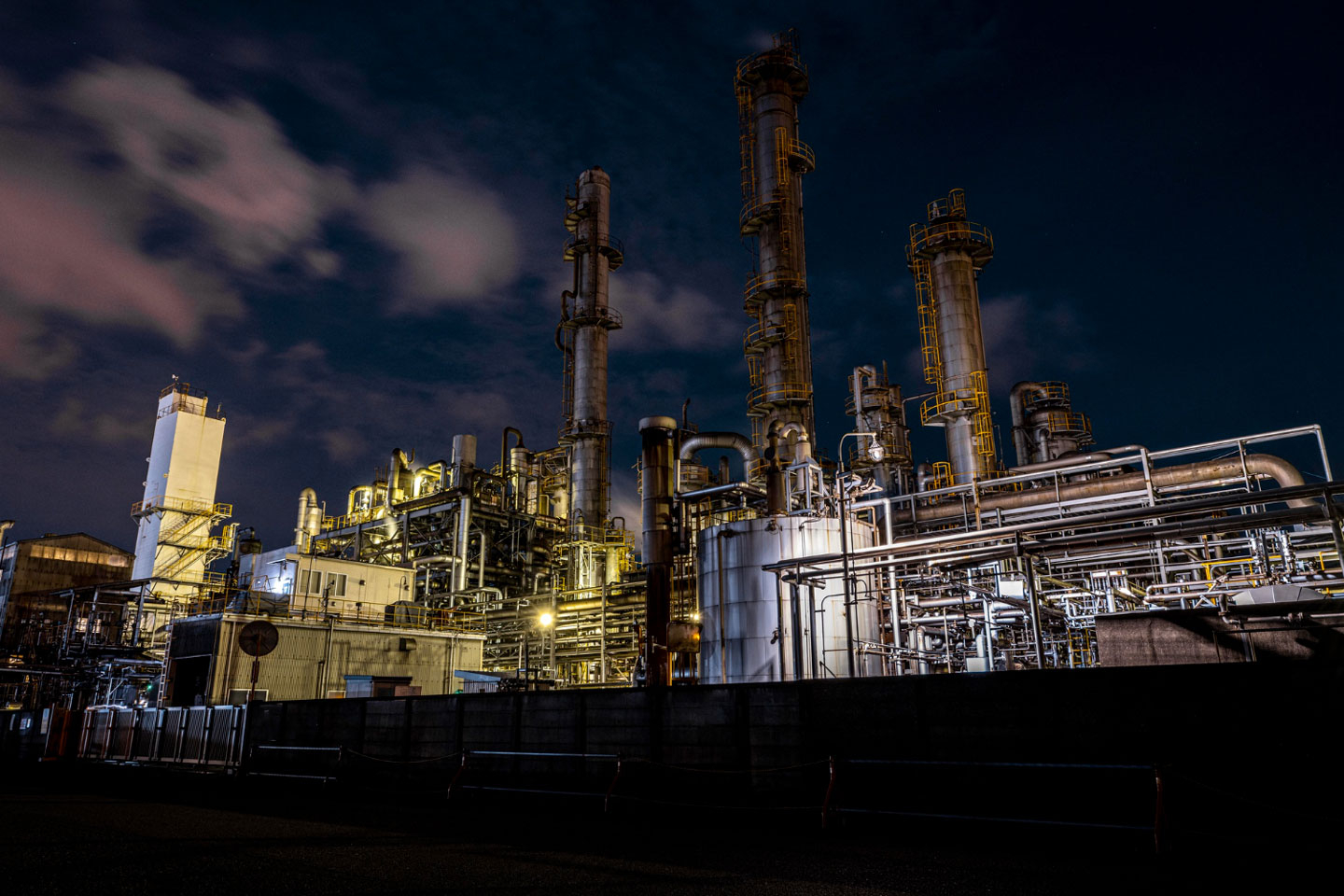A Fluidized Catalytic Cracking Unit (FCCU) performance is thoroughly affected by catalyst quality. In this scenario, knowing the precise concentration of the chemical elements present in FCC catalysts is crucial to develop assertive predictions on activity, selectivity and useful life of such materials. However, However, due to the heterogenous nature of the material, considerable challenges appear for the accurate determination of FCC catalysts chemical composition. These solids contain a variety of elements in concentrations varying from parts per million to percentages, which can exhibit different oxidation states. Such characteristics require powerful, extremely accurate and truthful analytic methods enabling secure decision making at the FCCU.
X-Ray Fluorescence technique (XRF) is considered an important tool in this process. When correctly applied, XRF analysis can offer quick, accurate response on the amount of chemical elements in cracking catalysts. This technique enables the determination of metals concentration at high levels, such as aluminum and silicon, as well as those of metals present in rather low amounts, such as nickel, vanadium and sodium, which at low concentration impact significantly the FCC catalyst performance.
It should be emphasized that although techniques such as Optical Emission Spectrometry and Atomic Absorption are also efficient for determining the chemical composition of catalysts, both the analysis costs are higher and the samples should be liquid. This results in increased analysis time, involving dilution steps which increase the risk of analytical deviations and accidents during manipulation of dangerous acids.
In spite of the potential of XRF analysis, it is common to face inconsistencies in the analyses and/or incompatibility in results among different laboratories. This report summarizes the main causes of these deviations and analytical divergencies in a systematic way, providing essential guidelines to reach higher repeatability and reproducibility for chemical analysis results obtained by X-rays fluorescence analysis by wavelength dispersion.
The main sources of deviation and the aspects that one should be attentive to are:
Sample Preparation: Distinct or unsuitable pre-treatment protocols are the main source of analytical inconsistencies. The sample can be analyzed as a powder, pressed or melted. For improved accuracy in FCC catalysts, it is strongly recommended to melt the samples with the aid of fluxes and a fusion machine. In this way the XRF instrument will analyze a translucid and homogeneous glass bead, mitigating samples heterogeneity deviations, density variation, poor compacting and grain reorientation. The sample melting protocol involves: (1) suitable sample homogenization, (2) calcination, (3) precise weighing and dilution with flux and (4) melting at temperatures around 1000°C. These analytical steps promote uniform distribution of elements in the bead (sample) securing that the whole sample contributes equally for the X-rays spectrum obtained.
Besides, it is recommended to make use of electrical fusion furnaces since temperature variation is lower as compared with those of gas furnaces. Figure 1 illustrates a good quality melted bead.

Figure 1. Melted beads with the aid of flux and fusion furnace. Figure adapted from: Report from SPEX/KATANAX: Non-Wetting Agents in the Preparation of XRF Fusion Beads.
Sample Contamination: asample contamination during preparation can introduce significant artifacts into the XRF analysis results. To avoid this, stringent cleaning procedures should be implemented throughout all the material involved in the process. The use of gloves, spatulas and clean recipients is crucial to keep sample integrity. Being abundant in reagents, cleaning materials and lab instruments, the main contaminants in this step are sodium and iron, although variations can occur according to the nature of the materials worked in each laboratory.
Equipment and Calibration: distinct equipment can lead to significant variations in results. Elements such as collimators, crystals and X-rays sources differ among equipment models, directly influencing measurements sensitivity and accuracy. XRF equipment calibration should be strictly executed to avoid measurement errors. Frequent use of certified reference standards and continuous verification of calibration parameters are essential. It is recommended to follow a scheduled calibration program and run recalibrations whenever the equipment undergoes maintenance or significant configurations changes.
Spectral Interferences: spectral interferences occur when the emission lines of different elements have close energies, which could cause overlapping peaks in the spectrum.
A common example in FCC catalysts is the occurrence of iron Ka lines overlapping with potassium, as well as those of nickel with copper or vanadium with titanium. To mitigate such interferences two strategies are commonly adopted: (1) to analyze another emission line of the element, such as Kb which tends to undergo lower interference of the other element, notwithstanding the fact that this line is usually less intense and will possible require adjustments for a suitable quantification, (2) make use of advance correction methods during the calibration phase, including specific mathematical adjustments for spectral deconvolution or adjusted reference standards.
Construction of an Analytical Curve with Standards: the accuracy in elements quantification depends significantly on the analytical curve quality constructed with suitable standards. Standards selection should reflect the sample matrix and the expected elements concentration. The use of multiple standards covering the whole of expected concentrations range, besides the repetition of measurements for each curve point aids in securing linearity and robustness of the detector response. Periodical verifications of the analytical curve and its recalibration, if required, are recommended practices to keep the reliability of the analyses. It is emphasized that elements analyzed out of the constructed analytical curve range tend to present significantly higher errors.
Commitment to quality of result: All fresh and spent catalysts chemical composition analyses are conducted at the FCC S.A. Center for Performance and Development. The company is committed with analytical excellence, adopting leader market practices and advanced, globally acknowledged equipment. The choice for stringent quality standards and analytical curve construction, which are consistent with those utilized by our partners, not only reinforces the traceability of our processes but also secures the reliability of each analysis done. Standardization of procedures and criteria rises our operations standard, enabling us to provide accurate, truthful analytical data, essential to our customers’ assertive decision-making. Another differential is the Core Services – technical follow-up provided by the expert FCC S.A. engineer team aiming at maximizing customer performance through data rationalization.





































What did you make of the publication?